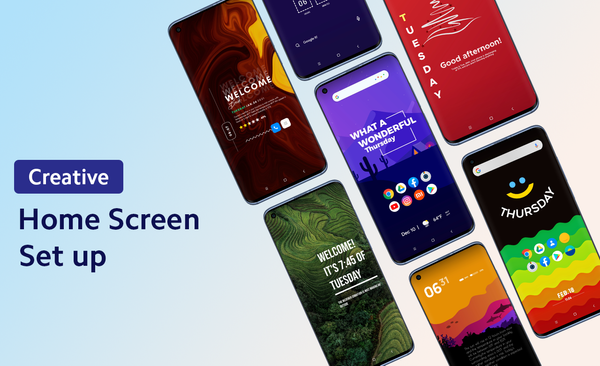In a previous post, we discussed five things that iPhone can do that Android cannot. While iPhone has some unique features, such as the ability to use iMessage and AirDrop, Android has its own advantages that are worth considering. From customizable home screens to expandable storage, Android offers a level of flexibility and personalization that iPhone cannot match. While both operating systems have their unique features and benefits, there are some things that Android can do that iPhone cannot. Here are five examples:

Customize Home Screen
One of the biggest advantages of Android over iPhone is the ability to customize your home screen. Android allows users to change the look and feel of their home screen, add widgets, and organize app icons in any way they want. This level of customization is not possible with iPhone, which has a fixed home screen layout with limited customization options. Android users can personalize their home screen to suit their individual preferences and make their phone truly their own.
Expandable Storage
Most Android phones come with a microSD card slot, which allows users to expand their phone's storage capacity. This is a major advantage over iPhones, which do not have an option for expandable storage. While iPhone users can purchase higher storage models, this can be significantly more expensive than simply adding a microSD card to an Android phone. For those who require a lot of storage for media or other purposes, Android is the clear winner.
Split-Screen Multitasking
Android allows users to run two apps side-by-side on the screen, which can be useful for productivity and multitasking. This is not possible with iPhone, which does not have a built-in split-screen multitasking feature. While there are workarounds for achieving split-screen multitasking on an iPhone, these are not as seamless or intuitive as the native Android feature. For those who need to use multiple apps simultaneously, Android is the more efficient choice.
Google Assistant Integration
Android phones have Google Assistant built-in, which allows users to control their phone using voice commands. While iPhone has Siri, it is not as integrated with the phone's functions as Google Assistant is on Android. Google Assistant can be used to open apps, send messages, and make phone calls, among other things. Additionally, Google Assistant is more knowledgeable than Siri, thanks to Google's vast knowledge graph. For those who want a robust voice assistant experience, Android is the better choice.
Default Apps
On Android, users can set default apps for various functions, such as email or web browsing. This means that when a user clicks on a link or opens a file, it will automatically open in the default app of their choosing. This level of control is not possible on iPhone, which has strict limitations on default apps. For example, users cannot set a default web browser other than Safari. This can be frustrating for those who prefer to use a different browser or email app. Android's flexibility with default apps is a major advantage.
In conclusion, while both Android and iPhone have their strengths and weaknesses, there are some things that Android can do that iPhone cannot. The ability to customize your home screen, expand storage capacity, multitask with split-screen, use Google Assistant, and set default apps are all features that Android users can enjoy. Ultimately, the choice between Android and iPhone depends on personal preference and priorities, but for those who value customization and flexibility, Android is the better option